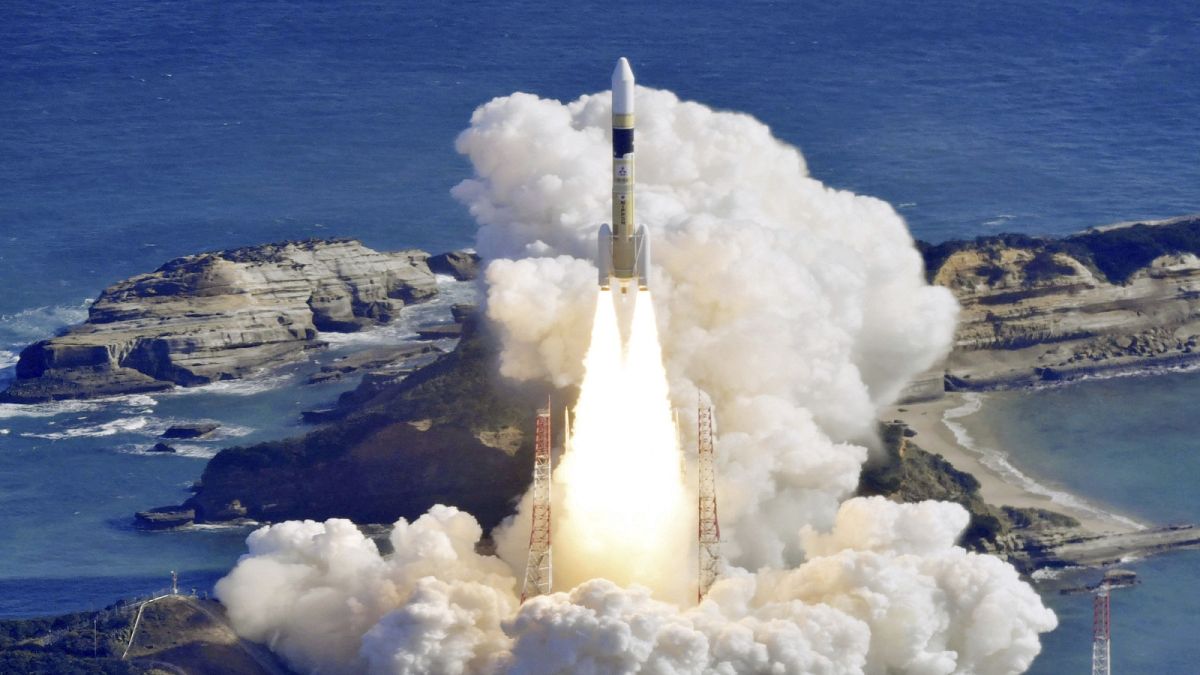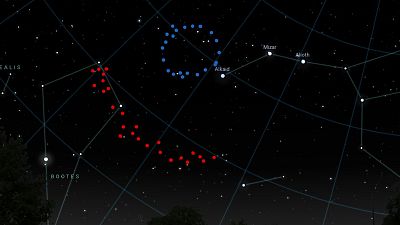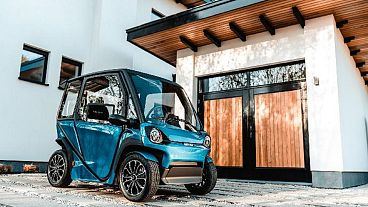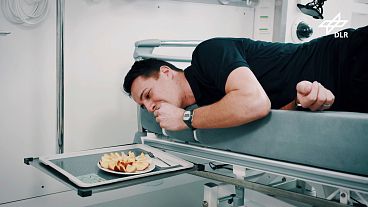Japan aims to set up a network of 10 satellites to spot and provide early warning for possible missile launches.
Japan launched a rocket carrying a government intelligence-gathering satellite on Friday.
The satellite will help them watch movements at military sites in North Korea and improve responses to natural disasters.
The H2A rocket, launched by Mitsubishi Heavy Industries Ltd., lifted off from the Tanegashima Space Centre in southwestern Japan, carrying the optical satellite as part of Tokyo’s reconnaissance effort to rapidly build up its military capability.
The satellite can capture images even in severe weather.
Japan began the intelligence-gathering satellite programme after a North Korean missile flew over Japan in 1988 and it aims to set up a network of 10 satellites to spot and provide early warning for possible missile launches.
Japanese prime minister Fumio Kishida's government, under its national security strategy adopted in 2022, is pushing to deploy long-range US-made Tomahawk and other cruise missiles as early as next year to build up more strike capability, breaking from the country’s exclusively self-defence-only postwar principle, citing rapid weapons advancement in China and North Korea.
Friday's liftoff is closely watched ahead of a planned launch of a new flagship H3 rocket developed by Mitsubishi Heavy and the Japan Aerospace Exploration Agency as the successor to the H2A.
The first test flight of the new rocket failed last year.
The Mitsubishi Heavy-operated, liquid-fuel H2A rocket with two solid-fuel sub-rockets has 41 consecutive successes since a failure in 2003, with a 98 per cent success rate.



